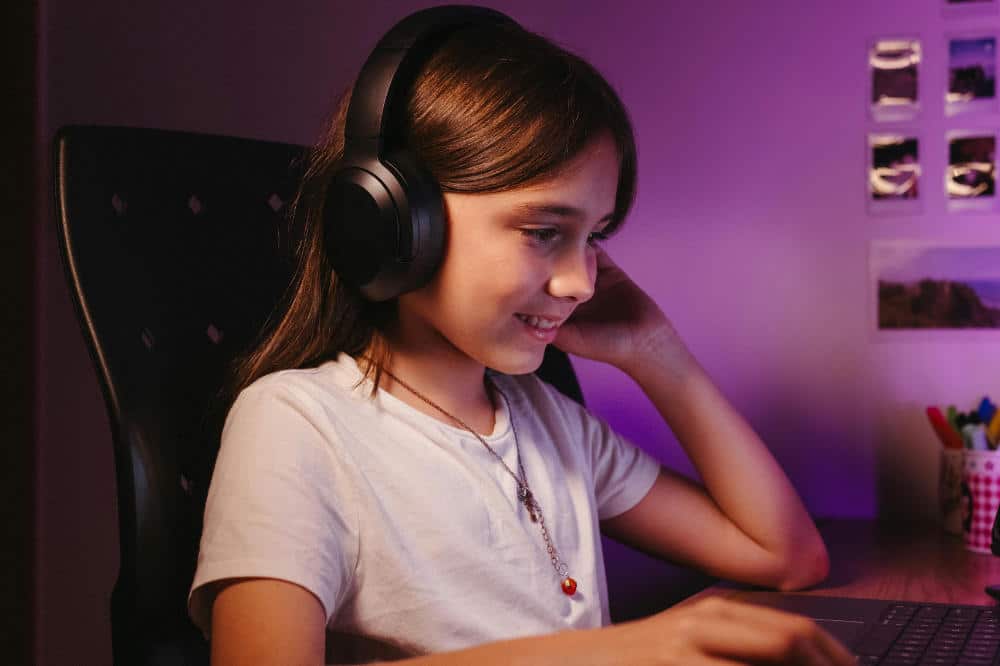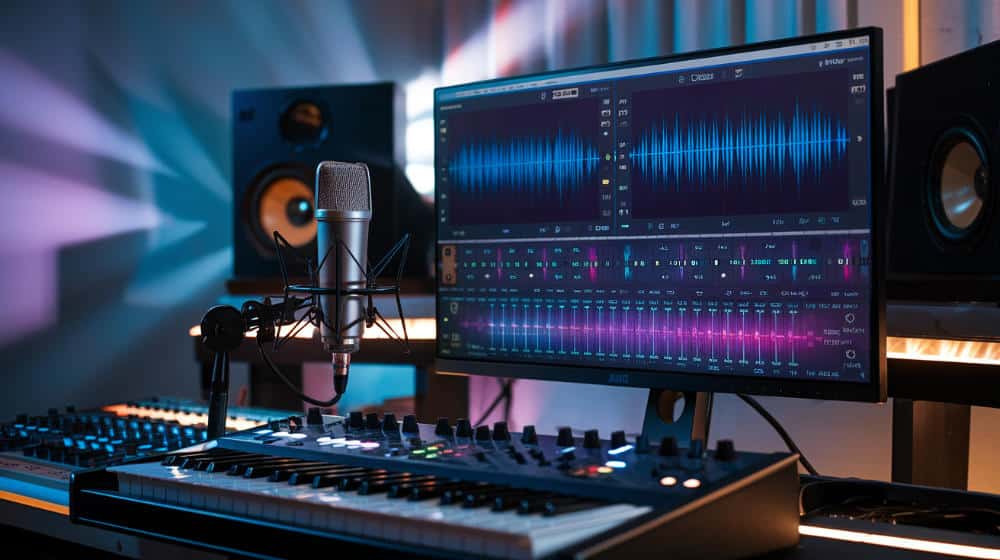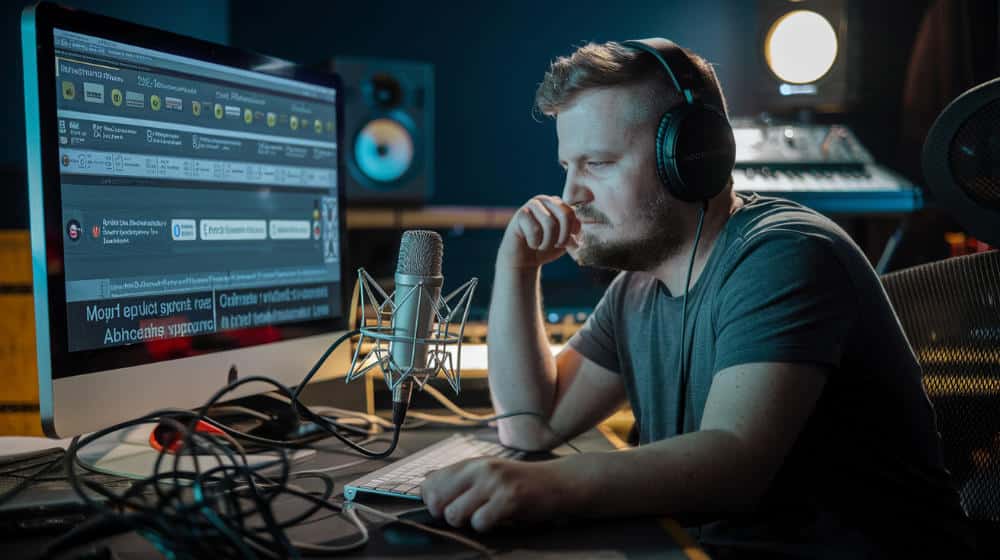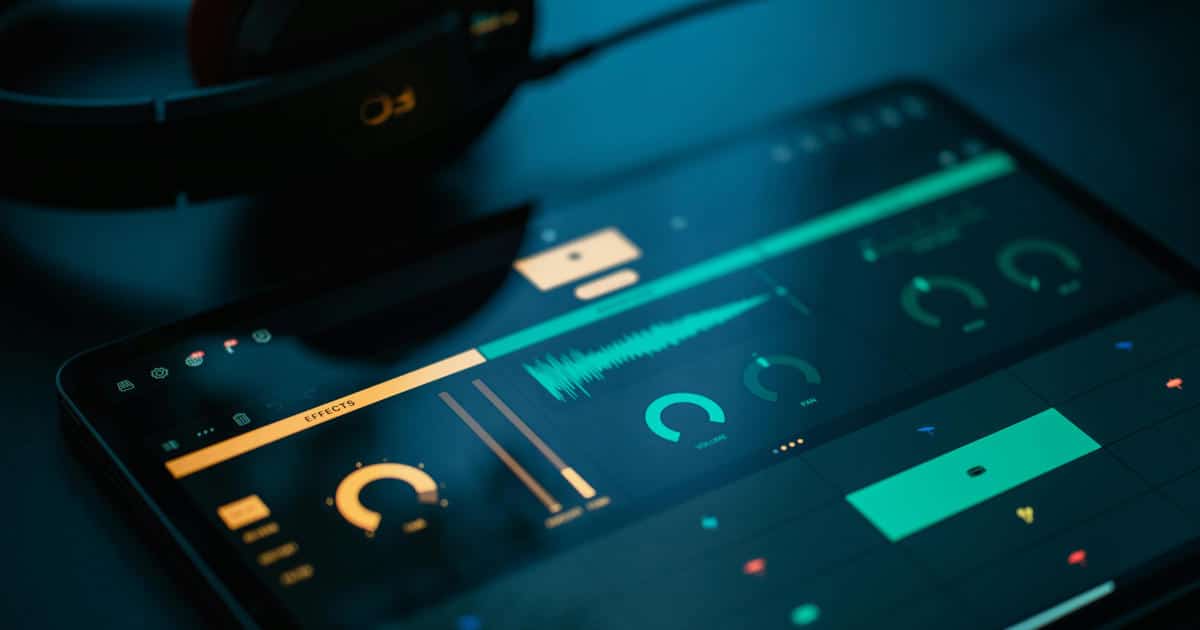Estimated reading time: 8 minutes
Ever wondered how artists like Daft Punk create those robotic, futuristic vocal effects? The secret lies in a powerful tool called a vocoder, and Ableton Live’s built-in Vocoder is a gateway to these otherworldly sounds.
While many producers are intimidated by vocoders, thinking they’re too complex or technical, Ableton’s version strikes the perfect balance between functionality and usability. Whether you’re looking to add cyborg-like vocals to your tracks or create unique synthetic textures, mastering this device can transform your production game. From basic carrier-modulator relationships to advanced sound design techniques, we’ll explore everything you need to know about this fascinating audio processor. Let’s dive into the world of Ableton’s Vocoder and unlock its creative potential.
Table of contents
Understanding Ableton’s Vocoder
Core Features and Capabilities
Ableton’s Vocoder is a powerful audio effect that combines a carrier signal with a modulator signal to create distinctive robotic and synthesized vocal effects. The device offers:
- 20 filter bands for precise spectral control
- Adjustable frequency ranges (40Hz to 20kHz)
- Unvoiced/Noise option for improved intelligibility
- Formant shifting capabilities
- Depth and envelope controls
Signal Flow Explained
The Vocoder processes audio through a sophisticated signal chain:
| Signal Type | Function | Control Options |
|---|---|---|
| Carrier | Provides the tone/timbre | Synthesizer or audio |
| Modulator | Shapes the carrier | Usually voice input |
| Filter Bank | Analyzes and processes | 20 adjustable bands |
The modulator signal (typically vocals) analyzes the incoming audio’s frequency content, while the carrier signal (usually a synthesizer) provides the sonic character that’s shaped by this analysis.
Available Presets and Templates
Ableton’s Vocoder comes with carefully crafted presets designed for various applications:
- Classic Robot Voice
- Whisper Modulation
- Deep Formant
- Harmonic Enhancement
- Speech-to-Bass
- Vocoder Pad
Each preset can serve as a starting point for creating unique vocal effects. The modulation amount, filter band mix, and formant controls can be adjusted to fine-tune these presets for your specific needs.
Now that you understand the fundamental aspects of Ableton’s Vocoder, let’s explore how to properly set it up in your project.

Setting Up Your Vocoder
A. Choosing the Right Carrier Signal
The carrier signal forms the foundation of your vocoded sound. Here are the most effective options:
- Sawtooth wave – Provides rich harmonic content
- Square wave – Delivers robotic character
- White noise – Creates whispered effects
- Synthesizer pad – Offers musical expression
B. Connecting Modulator Inputs
Connect your modulator input (typically vocals) through these steps:
- Create an audio track for your modulator
- Route it to the Vocoder’s modulator input
- Enable monitoring to “In”
- Adjust input gain appropriately
C. Optimizing Audio Routing
Set up your routing matrix for optimal performance:
| Connection Point | Setting | Purpose |
|---|---|---|
| Carrier Input | External | Synth source |
| Modulator Input | Pre FX | Clear signal |
| Output | Post FX | Processed sound |
D. Setting Threshold Levels
Proper threshold settings ensure clear articulation:
- Set modulator threshold between -20dB and -12dB
- Adjust carrier level to match modulator intensity
- Keep formant ratio between 0.5 and 2.0
- Enable “Enhance” for clearer consonants
Fine-tune the bandwidth settings between 5-40 bands depending on your source material. For speech intelligibility, 20-30 bands typically work best. With these settings established, you’re ready to explore creative applications and develop unique vocal textures.
Creative Applications
Classic Robot Voice Effects
Transform your vocals into iconic robotic sounds reminiscent of Daft Punk using Ableton’s Vocoder. Apply a sawtooth carrier wave with moderate modulation depth (40-60%) and adjust the formant shifting for that perfect mechanical character.
Synthesizer Harmonizing
Create rich harmonic textures by:
- Using polyphonic synth patches as carrier signals
- Playing chord progressions while speaking/singing
- Adjusting the number of vocoder bands (16-20 for clarity)
Drum Sound Design
| Technique | Settings | Effect |
|---|---|---|
| Transient Shaping | Fast Attack, Short Release | Metallic Hits |
| Noise Modulation | White Noise Carrier | Synthetic Percussion |
| Band Reduction | 4-8 Bands | Lo-fi Drums |
Textural Soundscapes
Transform ambient sounds into evolving textures:
- Process field recordings through the vocoder
- Use pad sounds as carriers
- Experiment with long release times
- Layer multiple vocoded signals
Bass Enhancement Tricks
Strengthen your bass sounds by:
- Using sine waves as carriers
- Focusing on lower frequency bands
- Applying subtle modulation
- Mixing with the original signal
Now that you’ve explored these creative applications, let’s dive deeper into advanced techniques that will take your vocoder skills to the next level.

Advanced Vocoder Techniques
Frequency Band Manipulation
Working with frequency bands in Ableton’s Vocoder opens up incredible sound design possibilities. Here’s how to maximize your control:
- Split carrier signal into distinct frequency ranges
- Adjust individual band levels for precise timbral control
- Use band isolation for targeted processing
| Frequency Range | Best Used For |
|---|---|
| 20-200 Hz | Bass foundations |
| 200-2kHz | Mid presence |
| 2kHz-8kHz | Clarity/articulation |
| 8kHz+ | Air/brightness |
Envelope Following Strategies
Master envelope following to achieve more dynamic and expressive vocoder effects:
- Set faster attack times (2-10ms) for articulate robotic sounds
- Use slower release times (50-200ms) for smooth, sustained textures
- Implement multiple envelope followers for different frequency ranges
Sidechain Processing Methods
Integrate sidechain processing with your vocoder for advanced modulation:
- External Sidechain:
- Route drums to modulate vocoder intensity
- Use LFOs for rhythmic variation
- Apply compression for dynamic control
- Internal Modulation:
- Utilize envelope followers
- Implement Max for Live devices
- Create feedback loops
Now that we’ve explored these advanced techniques, let’s address some common issues you might encounter and their solutions.

Troubleshooting Common Issues
Fixing Latency Problems
Latency issues can significantly impact your vocoder performance in Ableton. Reduce buffer size in your audio preferences to minimize delay. Optimal settings typically range between 128-256 samples, but this depends on your system capabilities.
Resolving Signal Clarity
Poor signal clarity often results from incorrect gain staging or modulator/carrier balance. Here’s a systematic approach:
- Set modulator input levels between -12dB and -6dB
- Ensure carrier signal has consistent amplitude
- Adjust the dry/wet mix to achieve better intelligibility
- Use EQ to remove muddy frequencies (typically around 200-400Hz)
Addressing CPU Performance
High CPU usage can cause dropouts and crackling. Consider these solutions:
| Action | Impact |
|---|---|
| Freeze tracks | Reduces real-time processing |
| Increase buffer size | Helps CPU but adds latency |
| Disable unused plugins | Frees up resources |
| Use audio effects rack | Better resource management |
Managing Feedback Issues
Feedback loops commonly occur when monitoring settings aren’t optimized. Enable input monitoring only on necessary tracks and maintain proper gain structure throughout your signal chain. Use a noise gate before the vocoder to eliminate unwanted feedback during quiet passages.
Now that you’ve resolved these common issues, you can focus on exploring more advanced vocoder techniques to enhance your productions.
The Ableton Vocoder stands as a powerful tool for transforming vocals and creating unique sonic textures in your productions. From basic setup to advanced techniques, mastering this device opens up endless creative possibilities for both vocal processing and sound design. Whether you’re creating robotic voices, synthesizer-like effects, or experimental soundscapes, the vocoder can become an essential part of your production toolkit.
Take time to experiment with different carrier signals, modulation sources, and parameter settings to develop your signature sound. Remember that troubleshooting common issues is part of the learning process, and each challenge overcome brings new understanding. Start with simple applications and gradually explore more complex techniques as you become comfortable with this versatile device.
Video: Ableton Vocoder Tutorial
Conclusion
In conclusion, Ableton Live’s Vocoder is a versatile and inspiring tool that can elevate your music production to new heights. By understanding its core features and experimenting with creative applications, you can craft everything from iconic robotic vocals to intricate soundscapes. Don’t be afraid to dive into advanced techniques and troubleshoot along the way—every adjustment is an opportunity to refine your skills and discover your unique sonic signature. With practice and creativity, the possibilities are truly endless.
Related Posts
FAQs
Ableton’s Vocoder is used to create robotic, synthesized vocal effects and add unique textures to audio tracks. By blending a vocal input (modulator) with a chosen sound source (carrier), it produces effects ranging from robotic voices to harmonic soundscapes, enhancing creative possibilities in music production.
To set up, select a carrier signal—like a synthesizer or noise—and a modulator, usually vocals. Route the modulator to an audio track’s input, link it to the Vocoder, and adjust monitoring to “In.” Set gain levels and choose carrier options to achieve the desired vocal effect.
Ableton’s Vocoder includes 20 adjustable filter bands, frequency controls (40Hz-20kHz), formant shifting, and unvoiced/noise options for better clarity. These features allow precise control over tonal qualities and vocal clarity, making it versatile for sound design.
Ableton’s Vocoder offers presets like Classic Robot Voice, Whisper Modulation, and Harmonic Enhancement. These serve as quick-start points, allowing users to adjust settings like formant shifts and filter bands to personalize effects for vocals or instruments.
For latency issues, lower the buffer size in audio settings. For signal clarity, balance modulator and carrier levels, and use EQ to reduce muddiness. High CPU usage can be managed by freezing tracks and increasing buffer size if latency isn’t a concern.
